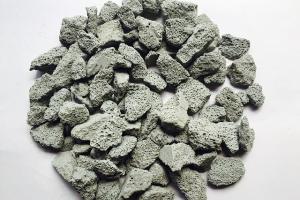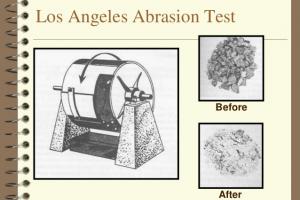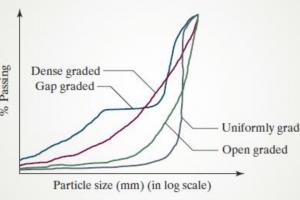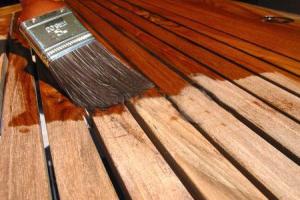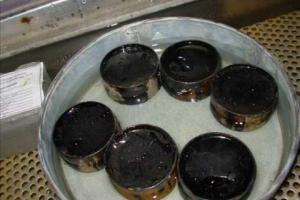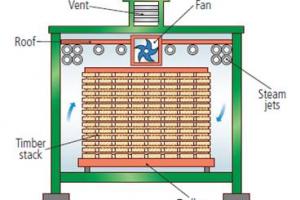Geological Classification and Characteristics of Stones
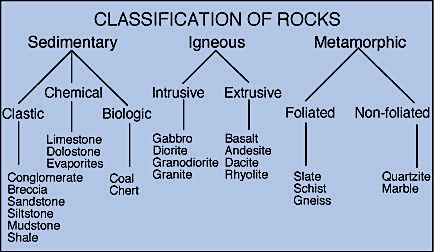
Geologically the stones can be classified as follows:
1) Sedimentary stones:
(a) Characteristics:
Sandstone, limestone, dolomite originally formed mainly in sea water, or lakes, from the remains of animals and plants, also from transportation and deposition of rock products.
A. Formed at or near the surface
B. Distinctive strata
C. Many fossils have been found in this type of rock
Grain shape
A. Rounded
B. Angular
(b) Classification of Sedimentary Stones:
A. Detrital is made from disintegrated pre-existing rock.
B. Biogenetic is made from shells and other fossilized fragments.
C. Chemical is made from chemical precipitation.
2) Metamorphic stones:
(a) Characteristics of Metamorphic Stones:
Marble, serpentine, onyx, slate, quartzite, gneiss are produced from sedimentary or igneous rocks by the action of heat and pressure.
A. No pressure - fossils survive
B. Low pressure - fossils distorted or destroyed
C. Moderate pressure - Grains form moderately
D. High pressure - Active fluids may circulate
E. Heat alone, Metamorphic Aureole surrounding a deep plutonic intrusions, possibly with active fluids
F. Dynamic Meta - Large scale movement phenomena
G. Crushing actions produce Xylonite Meta rock from powder
H. Low angle thrust fault: Plate pressure coupled with subsidence
I. Thrust movement, plate movement
(b) Classification of Metamorphic Stones:
1. Structure
A. Contact type is crystalline
B. Regional type is usually foliated
2. Grain size
A. +0 Big grain, High pressure
B. 00 Med grain, Med pressure
C. -o Small grain, Low pressure
3. Basic PSI and temperature:
Basic PSI and temperature of occurrence is 480* F - 1472* F 2,000 - 10,000 K
3) Igneous stones:
These stones are formed when the magma from the earth cools inside the earth or on the earth surface.
(a) Characteristics of Igneous Stones:
A. Intrusive - subsurface crystallization
B. Extrusive- above surface crystallization
*note Temperature and time has alot of effect on crystal sizes i.e.: Heat + time = Larger crystal
Igneous form occurrence below ground presents itself in 2 basic ways:
Intrusive basic dike, which is like having layers of cardboard over your head and punching your fist up into it. Plutonic, this is like a huge hot ball of stone burning its way around deep below the surface and it usually has "hot arms" that reach out from its main mass. Crystal habit can successfully delineate a Igneous stones origin, usually. Dikes are cooler thus forming smaller crystals and Plutons are hotter thus forming larger crystals.
C. Mineral content
D. Grain size, Plutonic >3/16" coarse. Extrusive 1/64" - 3/16" Medium and < 1/64" fine
E. Crystal shape
F. Texture % A, %B, crystal angle.
G. Color
(c) Classification of Igneous Stones:
A. Acid rocks > 65% Si + > 10% Modal Quartz
B. Intermediate rocks 55% - 65% Si
C. Basic rocks 45% - 55% Si < 10% Modal Quartz
D. Ultra-Basic < 45% Si.



